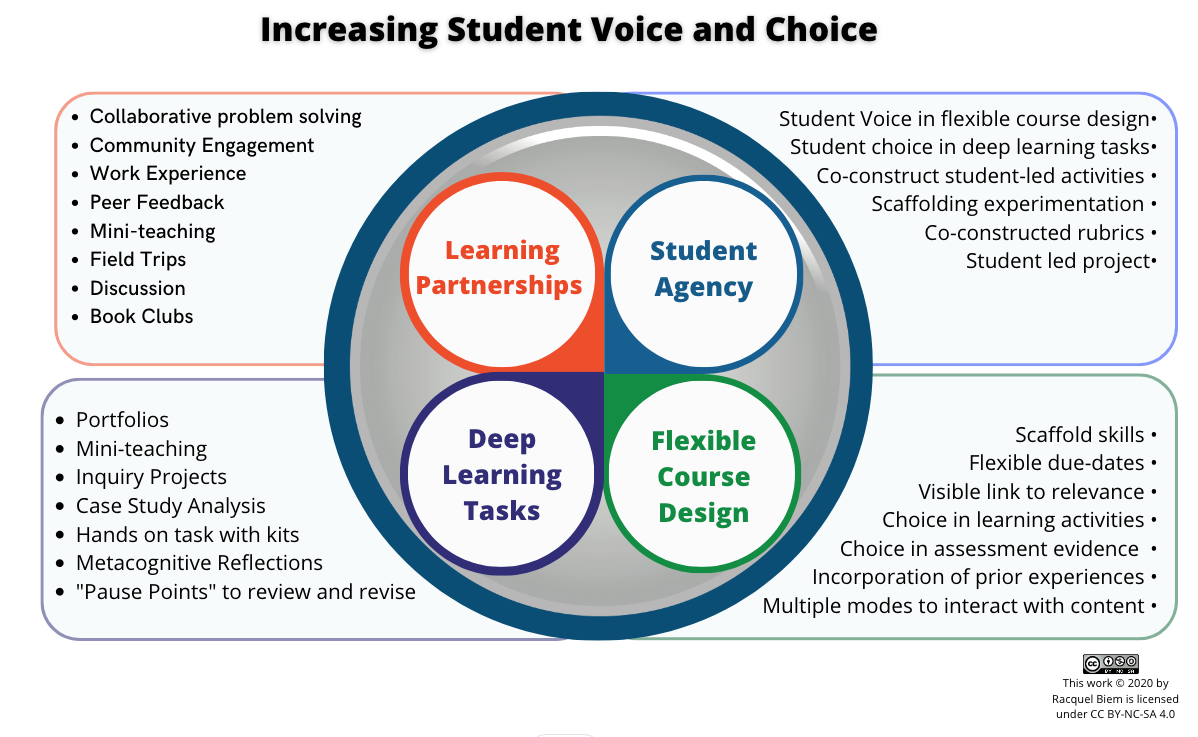Being Enthusiastic About So-Called Mundane Stuff
By Carolyn Hoessler
My higher education teaching journey began as an upper-year undergraduate student teaching evening sessions about APA formatting: A seemingly dry topic about commas, alphabetical order of last names, single versus double space etc. As a necessity for undergraduate psychology paper, students’ motivation for signing up seemed to be extrinsically connected (Ryan & Deci, 2001) to the 10% of marks tied to correct use of APA formatting in most 3rd year papers.
I could have started the session off with just those basic facts and the pressure-filled reminder of that 10%, but talking about why APA is useful set a better tone. Did you know that APA formatting allows readers to know where to look for key reference details to find the sources for our own citing, critiquing or curiosity purposes? Or that standardized format allows for quicker reading of articles? This statement raises the question of what information is needed to accurately find the article or book mentioned.
I tapped curiousity, relevance, and showed my own enthusiasm for the topic.
Curiousity, leading us to asking the “why?” and the “so what?,” can stimulates exploration, seeking of answers and the resulting satisfaction of figuring something out. Relevance connects the new topic to existing pursuits, and enthusiasm can be contagious or at least prompting of curiosity over why I could possibly be interested in the topic. In other words, we can stimulate student’s intrinsic motivation (Ryan & Deci, 2001) and intrinsic valuing (Wigfield & Eccles, 2000) by making the work of learning worth pursing in order to satisfy curiosity.
As Ambrose, Bridges DiPietro, Lovett, and Norman (2010) summarized in their third chapter “What Factors Motivate Students to Learn?” of their book, existing research suggests the following strategies for establishing the value of a topic:
- “Connect the material to students’ interests”
- “Provide Authentic, real-world tasks” (see experiential learning)
- “Show relevant to students’ current academic lives”
- “Demonstrate the relevance of higher-level skills to students’ future professional lives”
- “Identify and reward what you value”
- “Show your passion and enthusiasm for the discipline”
References:
Ambrose, S. A., Bridges, M. W., DiPietro, M., Lovett, M. C., & Norman, M. K. (2010). How learning works: 7 research-based principles for smart teaching. San Francisco: Jossey-Bass. An imprint of Wiley. Available at: http://ca.wiley.com/WileyCDA/WileyTitle/productCd-0470484101.html
Ryan, R. M., & Deci, E. L. (2000). Self-determination theory and the facilitation of intrinsic motivation, social development, and well-being. American Psychologist, 55, 68-78. doi: 10.1037110003-066X.55.1.68
Wigfield, A., & Eccles, J. (2000). Expectancy-value theory of achievement motivation. Contemporary Educational Psychology, 25, 68-81.
Picture courtesy of Andy Price via Flickr with a Creative Commons license (Attribution – Non-Commercial – Share Alike -Some rights reserved)


